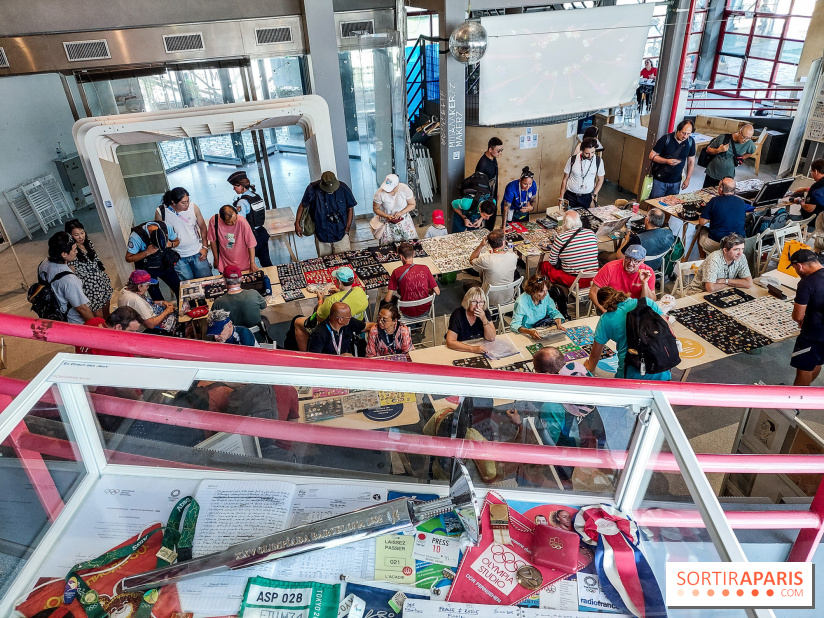Who said pins were old-fashioned? Since the start of the Paris 2024 Olympic Games, pins have resurfaced and can be seen on the jackets of many collectors. In fact, for some of them, swapping Olympic pins has become a veritable unofficial sport. Yes, exchanging pins at the Olympic Games is a tradition duly respected by many, and one that dates back a long way.
For the record, this tradition of pins to be exchanged at the Olympic Games dates back to the very first Olympic Games in Athens in 1896. Back then, they took the form of small, colorful wooden symbols, and were used as badges to identify athletes, judges and officials. It wasn't until 1906 that the first personalized pins by nation appeared. The 1980s and 1990s saw the rise of the Olympic pin. By the end of the 20th century, each delegation had put its own colors on badges, which were then distributed to their athletes.
Since then, athletes, referees, journalists, volunteers and sponsors have been exchanging pins between events and within the Olympic Village.
But then, how many Olympic pins are there in the world? It's impossible to say. But the number would be very large. There are, for example, National Olympic Committee pins, media pins, host city pins, mascot pins and sponsor pins. There's something for everyone to add to their collection. A collection that grows through exchange. And some people are good at it, swapping one pin for two or even three badges. In reality, it all depends on the rarity of the pin being exchanged.
If you're interested in this subject, you'll be pleased to know that the Parc des Nations, located at Club France in La Villette, Paris, is home to the Olympic Collectors' House. This is your chance to discover some of the many pins on offer, and to meet pin collectors from all over the world!



















